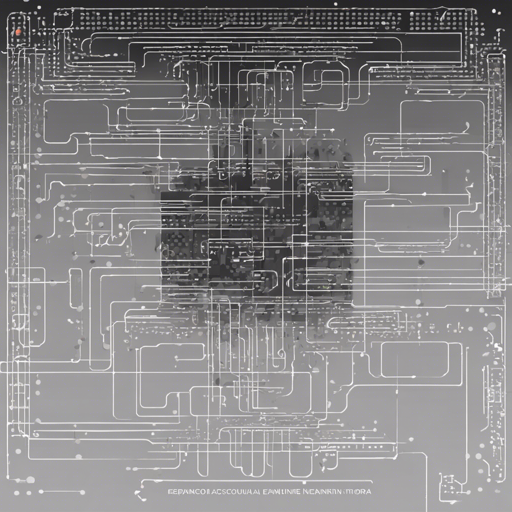Welcome to the fascinating world of ASCII art generation through the wonders of Convolutional Neural Networks (CNNs)! In this article, we will guide you step-by-step on how to utilize the DeepAA repository to create unique ASCII representations of images. With some Python magic and a sprinkle of creativity, let’s embark on this artistic journey!
Step-by-Step Guide
Follow these steps closely to get started with the DeepAA project:
-
Install Required Libraries
Ensure that you have the following libraries installed in your Python environment:
- TensorFlow (1.3.0)
- Keras (2.0.8)
- NumPy (1.13.3)
- Pillow (4.2.1)
- Pandas (0.18.0)
- Scikit-learn (0.19.0)
- h5py (2.7.1)
-
Download Required Files
Next, you need the trained model weights. You can download them from here and place them in the
modeldirectory. Additionally, download the training data from this link, extract it, and place the extracted directory indata. -
Modify the Output Script
Open the
output.pyfile and locate line 15:image_path = sample_images/original_images21/original.pngChange this line to the path of the image file you want to convert. Note: Use a grayscale line image for best results.
-
Select Your Model and Run the Script
If you want to use the light model, modify lines 13 and 14:
model_path = model/model_light.json weight_path = model/weight_light.hdf5Finally, run
output.pyand watch as your ASCII art is generated! The converted images will be saved in theoutputdirectory.
Understanding the Process: An Analogy
Think of the process of generating ASCII art like a chef preparing a unique dish. The chef (the algorithm) takes raw ingredients (the original image) and prepares them (processes them through the CNN) to create a distinctive meal (ASCII art). Just like the chef has specific tools and recipes (model weights and training data) to craft their masterpiece, you must ensure you have all the required elements for a successful outcome.
Troubleshooting
If you run into issues, here are a few troubleshooting tips:
- Ensure all paths in the
output.pyscript are pointing to the correct files. Double-check for typos! - Did you forget to install any of the required libraries? Verify your installation!
- If the ASCII output isn’t as expected, try using different grayscale images or adjusting the model settings.
For more insights, updates, or to collaborate on AI development projects, stay connected with fxis.ai.
Final Thoughts
At fxis.ai, we believe that such advancements are crucial for the future of AI, as they enable more comprehensive and effective solutions. Our team is continually exploring new methodologies to push the envelope in artificial intelligence, ensuring that our clients benefit from the latest technological innovations.

